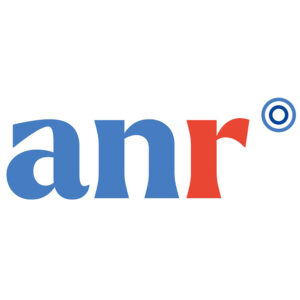The CT-AF study: imaging as a decision support in atrial ablation?
In heart disease, Atrial Fibrillation (AF) is the most common arrhythmia. It is responsible for almost 20% of ischemic strokes (obstruction of the cervical artery).
The standard treatment for Atrial Fibrillation includes anticoagulant therapy and antiarrhythmic therapy, and very often catheter ablation of foci of arrhythmias. This intervention consists, using catheters introduced into the heart via the blood vessels,to destroy the diseased area of the heart muscle at the origin of the occurrence of the arrhythmia.
However, the predictive factors of the success of this practice remain insufficient whereas they are necessary for the selection of the patients who could derive the most benefit from this invasive procedure.
How to better assess the relevance of an ablation of AF foci?
Magnetic resonance imaging (MRI) is now capable of a detailed analysis of the atrial remodelingwhich makes the bed of Atrial Fibrillation (AF). In particular, MRI can visualize the abundance and texture of fat around the heart, which is known to contribute to the substrate of AF. Thus, this imaging has imposed itself in clinical practice before ablation of AF.
The CT-AF study, coordinated by Pr Estelle GANDJBAKHCH of the Institute of Cardiology, Rhythmology Unit of the Pitié-Salpêtrière Hospital in Paris, aims to to evaluate the value of multimodal imaging for the volume measurement of atrial intramyocardial fat in cardiac CT and the measurement of global atrial strain in MRI in patients who are candidates for a first AF ablation.
Four centers will include 130 patients in whom a first radiofrequency AF ablation procedure is scheduled in the next 6 months, with a follow-up over 18 months:
- The Pitié-Salpêtrière Hospital,
- Bordeaux University Hospital,
- The Northern Heart Center (CCN),
- The CHI of Poissy.
Each patient will have clinical examinations, blood tests (assay of biomarkers, serum library and plasma library) as well as scanner imaging, echocardiography, ECG and MRI examinations.
What is the role of the IHU ICAN in this study?
Several expertises of the IHU ICAN will be mobilized on this study:
- Imaging acquisition will be carried out within the ICAN Imaging platform, and the images will be analyzed at the end of the study within the CoreLab ICAN and of the Biomedical Imaging Laboratory(LIB) which has unique expertise in the modeling, instrumentation, signal and image processing and analysis,
- The CRB ICAN BioCollection, will ensure the storage and the plasma assays of the different samples,
- The ICAN Clinical Investigation Platform will receive patients included during follow-up visits.
How to support this study?
The CT-AF study should therefore make it possible to define the criteria vessels for selecting the patients who could derive the most benefit from the ablation of Atrial Fibrillation (AF) tissue.
This project is funded through a PHRC (clinical research hospital program) and sponsorship.
You can act alongside the IHU ICAN teams to accelerate the fight against cardiometabolic diseases. Make a donation by clicking here.
The entire IHU ICAN team thanks you!Make a donation







